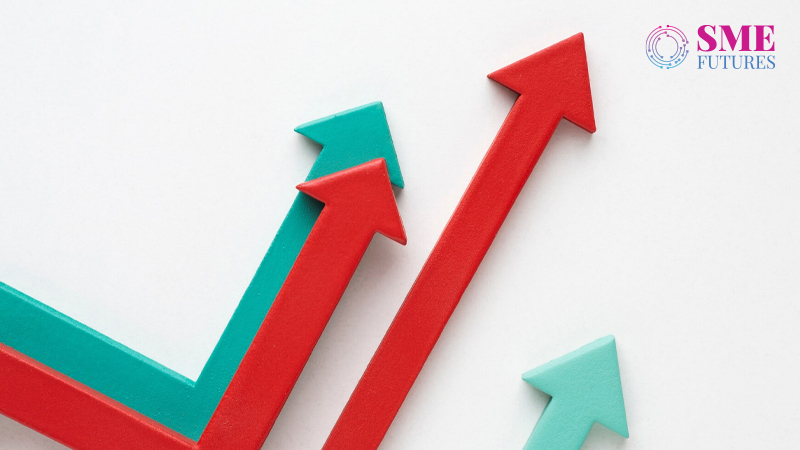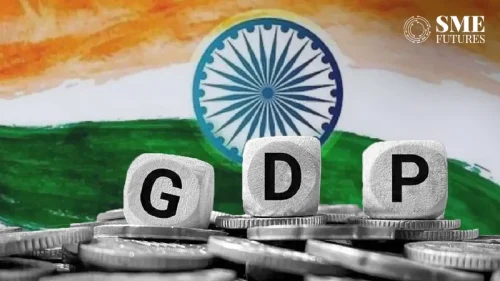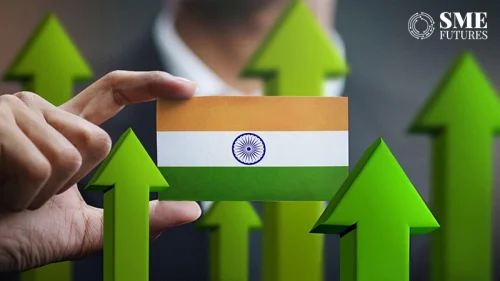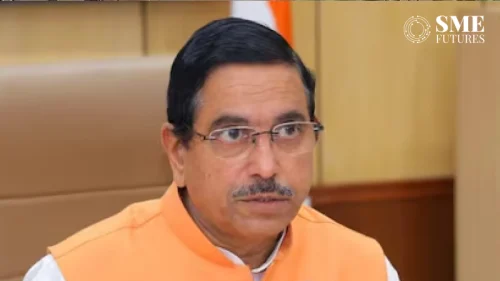The Economic Survey tabled by Finance Minister Nirmala Sitharaman in Parliament on Monday projected India’s GDP growth rate at 6.5 to 7 per cent for 2024-25 as it sees the economy on a strong wicket. The survey states that global economic growth will be 3.2 per cent in 2023 as per the April World Economic Outlook. Diverging growth patterns have emerged among countries. The stark difference in the growth performance of countries has been on account of domestic structural issues, uneven exposure to geopolitical conflicts and the impact of monetary policy tightening.
India’s economy carried forward the momentum it built in FY23 into FY24 despite a gamut of external challenges. India’s real GDP grew by 8.2 per cent in FY24, exceeding the 8 per cent mark in three out of four quarters of FY24. The focus on maintaining macroeconomic stability ensured that external challenges had minimal impact on India’s economy.
The Government’s thrust on capex and sustained momentum in private investment has boosted capital formation growth. Gross Fixed Capital Formation increased by 9 per cent in real terms in 2023-24.
Moving forward, healthier corporate and bank balance sheets will further strengthen private investment. The positive trends in the residential real estate market indicate that the household sector capital formation is increasing significantly, the survey states.
Inflationary pressures stoked by global troubles, supply chain disruptions, and vagaries of monsoons have been deftly managed by administrative and monetary policy responses. As a result, after averaging 6.7 per cent in FY23, retail inflation declined to 5.4 per cent in FY24, it adds.
The fiscal balances of the general government have improved progressively despite expansionary public investment. Tax compliance gains driven by procedural reforms, expenditure restraint, and increasing digitisation helped India achieve this fine balance, it adds.
The external balance has been pressured by subdued global demand for goods, but strong services exports largely counterbalanced this. As a result, the Current Account Deficit (CAD) stood at 0.7 per cent of the GDP during FY24, an improvement from the deficit of 2.0 per cent of GDP in FY23.
Commenting on this year’s economic survey, Suman Bannerjee, CIO, Hedonova said, it forecasts stress the necessity for targeted funding and strategic reforms to ensure long-term development and resilience.
“The survey’s insights are expected to significantly influence policy decisions, helping to navigate economic challenges and capitalise on growth opportunities. By aligning India’s economic situation with global trends, the survey lays a strong foundation for the Union Budget and provides critical guidance for shaping effective financial strategies,” he said.










